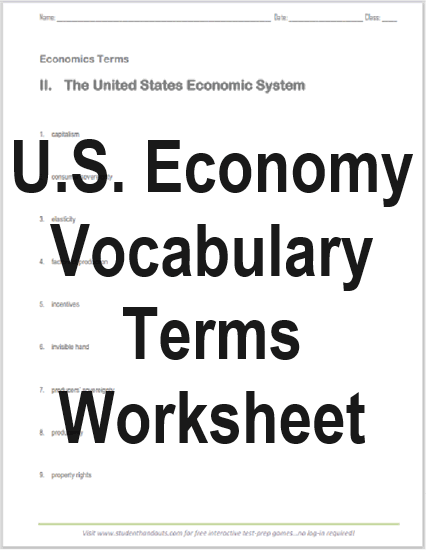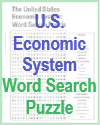Click here to print. Answers will vary.
Terms: capitalism, consumer sovereignty, elasticity, factors of production, incentives, invisible hand, producers' sovereignty, productivity, property rights. Answers will vary.
The concept of the invisible hand in economics, introduced by the Scottish economist Adam Smith in his seminal work The Wealth of Nations (1776), describes the self-regulating nature of a free market economy. According to Smith, individuals acting in their self-interest inadvertently contribute to the overall economic well-being of society. As people pursue their personal goals, such as profit or utility maximization, they engage in activities that generate economic benefits, such as creating goods, providing services, and innovating.
The invisible hand suggests that, through voluntary exchanges in a competitive market, resources are allocated efficiently without the need for centralized planning. Producers seek to supply goods and services that consumers demand, and consumers, in turn, select from these offerings based on their preferences and budget constraints. This interaction drives the market towards equilibrium, where supply matches demand, prices stabilize, and resources are optimally distributed.
Smith's concept underscores the importance of limited government intervention, arguing that free markets, guided by the invisible hand, can lead to prosperity and growth. However, modern economists recognize that markets are not always perfectly efficient and that government intervention may be necessary to address market failures, such as externalities, public goods, and information asymmetries. Nonetheless, the invisible hand remains a foundational principle in the study of economics, illustrating the power of individual actions in shaping economic outcomes.
|














